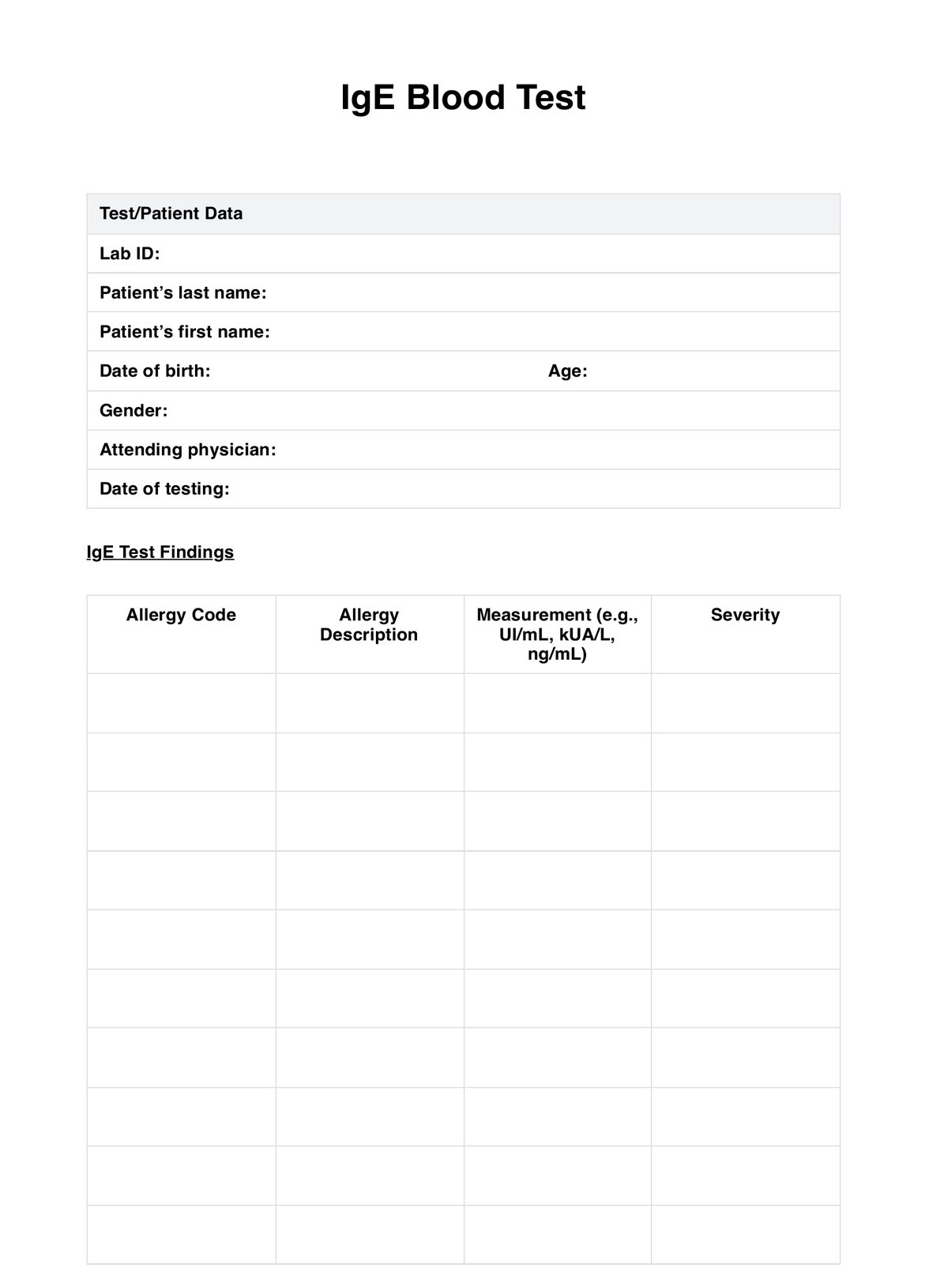Like any blood test, this particular blood test is generally safe. The professional conducting it will wipe antiseptic on the blood drawing site to prevent infections.
Even with this, it’s possible for the patient to feel pain when the needle is inserted, and they may feel discomfort for a short while after the needle’s been removed. Bruising might emerge, too.












